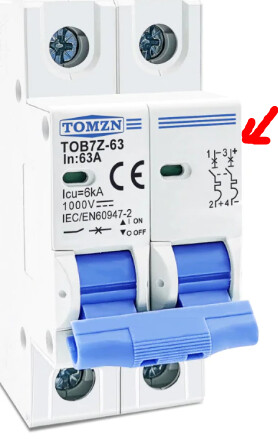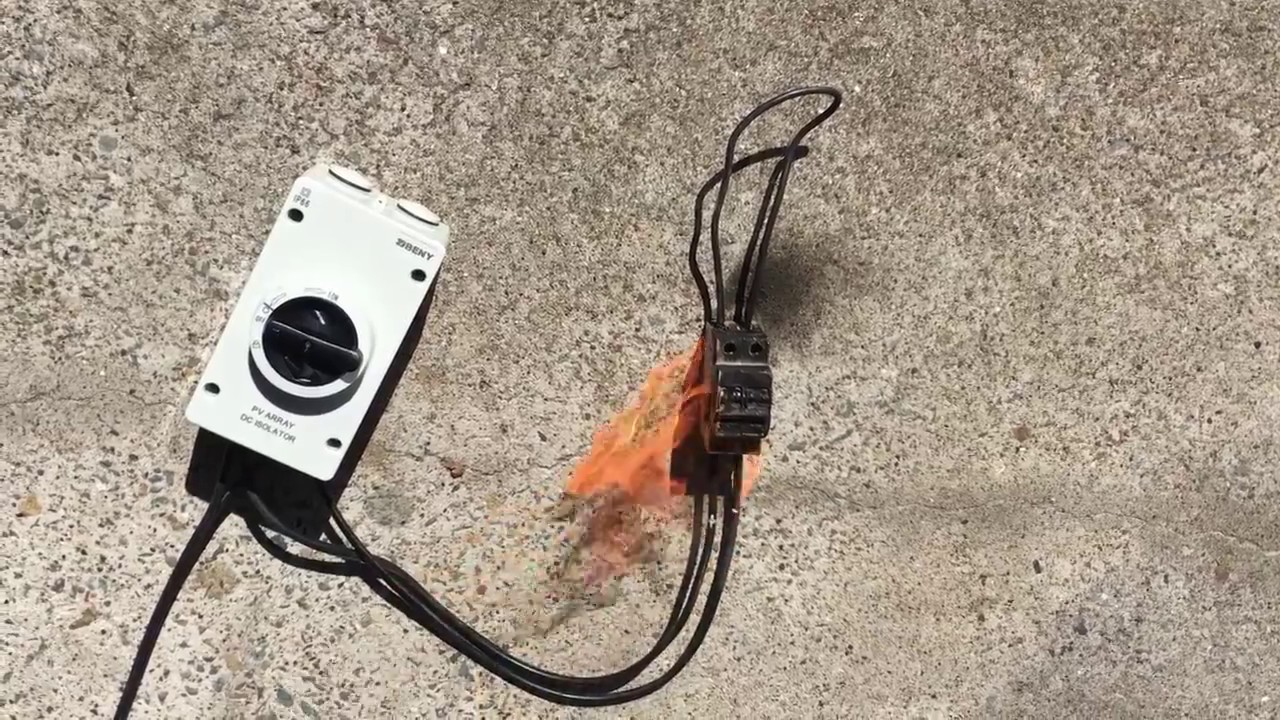yeah currently 2 strings of 4 series x 435W = 3480 (at about 190V max & 11,5A)
and then still to go up 3 strings of 4 series x 445W = 5340
so actually more like 50% oversized
So just realized that this month will be one year since I first posted and asked info on my install.
From that time it took three months to start getting power from panels and then about 5-6 months to get off grid.
I started harvesting solar power only in June 2021 and till November saved about 2500 kWh which at about R1,70 a unit was a saving of about R4300 but I still had the pesky connection fee of R2500 which I could only get rid of if off grid.
In the last three months I have saved ± R4000 a month being off grid and with the 9% increase from April for Eskom customers will save R4500-5000 in the winter months.
Electricity savings to date about R16k and expected savings a year R55-60k. So by next month i would have paid one battery off and in the next 5 months one inverter.
Thank you for this thread, I read the whole thing and learned a lot. I wish there were more pictures. Especially of the mountings on the roof.
I am wondering why you didn’t simply convert to prepaid? I helped my dad to order lithium batteries from LBSA and panels from PVStore as he is very scared of the internet. He converted his connection to single phase… and later to prepaid. (Direct connection to Eskom on a farm in Mpumalanga) Now the prepaid is charged at abour R5/KWh but he only uses it when weather is miserable so his montly spend is about R40-50. You opted for the generator instead?
I also would have liked more detail like: thickness of wires used, breakers & fuses. Also wonder what qualification do you have?
Will answer this one first. Basically like you said it will still cost about R5,50+ per unit prepaid but it’s still a illegal connection as you need to be registered as a SSEG with Eskom and need to get a special meter and it’s all very expensive and I didn’t want the headache.
So I haven’t specifically mentioned all those things because each install is different and a person doing DIY should know why they using the sizes they are and not copy someone else because it might not be correct for their install. I will eventually finish my drawing and will put my install details in there but if someone doesn’t understand the drawing then they should rather not try to do the install themselves.
I’m not a electrician, but did work under a electrician for about 10 months. I have done my N6 national diploma electrical and worked for a EPCM firm in the electrical department and did cad drawings and 3d modelling for about 13+ years.
Is this applicable if you have a change over switch, either you run 100% on Eskom or 100% off-grid? Do you still need a SSEG?
You probably don’t but im not sure, the wording in the contract to go to prepaid was not very clear. They will probably still want you to eventually register your solar and then your prepaid gets changed to a TOU meter and you will eventually get charged a connection fee, which is what eskom is after as the R40 used a month is not covering the connection fee so in the future you could possibly expect them to do that. Cape town is on the ball regarding this but JHB and PTA is still a bit lost.
SSEG falls under the national SA regulations under SANS and NRS. Boils down to one’s local Munic ito them enforcing it or letting it slide.
Yes I get that part… I am more interested in learning how to do the process correctly. I know about the SANS tables to look up cable sizes, sizing the fuses/breakers according to the wire used. I know the breaker needs to disconnect before the wire overheats. There are way too many people copying a design without knowing why, and a lot o the time they are copying the mistake without knowing it. But if people explained better there would be no need to copy.
I saw a discussion where installers were critical of an install where PV cable was used on the AC side. They all said “It is terrible” and “you get what you pay for” but none had an idea why exactly it is so terrible. All kinds of discussions about AC runs inside vs DC outside, or was it the other way around etc. Some said that the losses will be terrible. A 6mm PV cable rated for 1000V 70A DC cannot be used for 220V AC 30A?
I started with the manuals for all the solar components.
They all give their requirements, for example
- clamping zones of panels,
- cable/breaker size for inverter
- number of batteries
- PV disconnects and fusing
- etc.
The list is long and changes for every component depending on make and model. The pylontech battery firmware discussion should be red flag for all of us…
Then you look at other installs for all the good ideas and work from there.
You will need a CoC and so need your electrician to be comfortable as well.
Why?
I would suggest you have a look here for a start explains a lot and helps to understand how some things are connected.
Good point Jaco.
Upgrading needs to be done with care and clear guidelines. Otherwise wrong firmware can be installed, etc. Take your time, read the docs and do it right or get someone to do it right for you (@JacoDeJongh ;)). @plonkster has good advice - don’t upgrade if not needed.
For example: I look at each panel install I drive past and can’t believe how many are clamped (mounted) outside the clamping zones (areas) recommended. This voids the warranty of the panel immediately…
So I had my first component failure this week and learnt a few things from it and would like to get some feedback.
Between my MPPT’s and busbars I have a DC breakers to isolate the MPPT’s from the busbar.
On my 150/60 MPPT I have a 63A DC breaker before the busbar which kept tripping this week. I set the MPPT to max 50A and it still kept tripping, so I swopped it out for a spare breaker I had to get the system working.
If you off grid you need to have at least two MPPT to feed your batteries just for cases like this. I was still able to get along with my other bigger MPPT.
The other thing I noticed is that I had wired the breaker wrong according to the markings on the breaker, positive was supposed to go into the one terminal and negative the other.
Do you think this would have any influence on it tripping lower than its rating even after working for 6-8 month like that? Or maybe affect the tripping mechanism by being powered in reverse? or is it just a crappy brand, its TOMZN.
Some DC MCB’s are polarized. They use a magnet to repel the arc path to extend and eventually extinguish the electrical arc when tripping. As you are no doubt aware like magnetic poles repel and unlike poles attract. The DC current direction is therefore very important as this determines the polarity of the electromagnetic field.
Theoretically, this means that a wrongly connected polarized DC MCB could actually sustain a DC arc instead of extinguishing it and result in a meltdown of the MCB.
All this means that one has to be mindful of where a polarized DC MCB is put in a circuit, as opposed to an AC MCB it is not a bi-directional device.
There are however some tricks of the trade…
Thanks for the reply, I connected my other breakers correct but for some reason this breaker was the opposite of the others. All the others had + on the right and - left but this 63A was the other way round. I will take a pic. So cant assume they all the same.
check here, lesson learned


No, I don’t think you have learned the lesson yet.
I am specifically referring to the use of polarized 2 pole DC MCBs, and their use in a typical solar circuit.
Just like the ones in your pics.
They are often used between panels and MPPTs, between MPPT (out) and busbars and between busbars and batteries.
If the system designer was to assume power flows from the panels to the battery, he would orientate the MCBs in a certain manner.
Just like you do.
This is a mistaken assumption. A short circuit can still occur panel side of an MCB, and that short will be fed in the reverse direction through all those MCBs all the way back from the battery.
This is why fuses and bi-directional DC MCB are considered a superior option.
But like I said there are tricks of the trade…
EDit… This is actually technically false for my panel-side fault-- it will only be fed from parallel strings., but the same principal applies if the short was MPPT side of the DC busbars.

